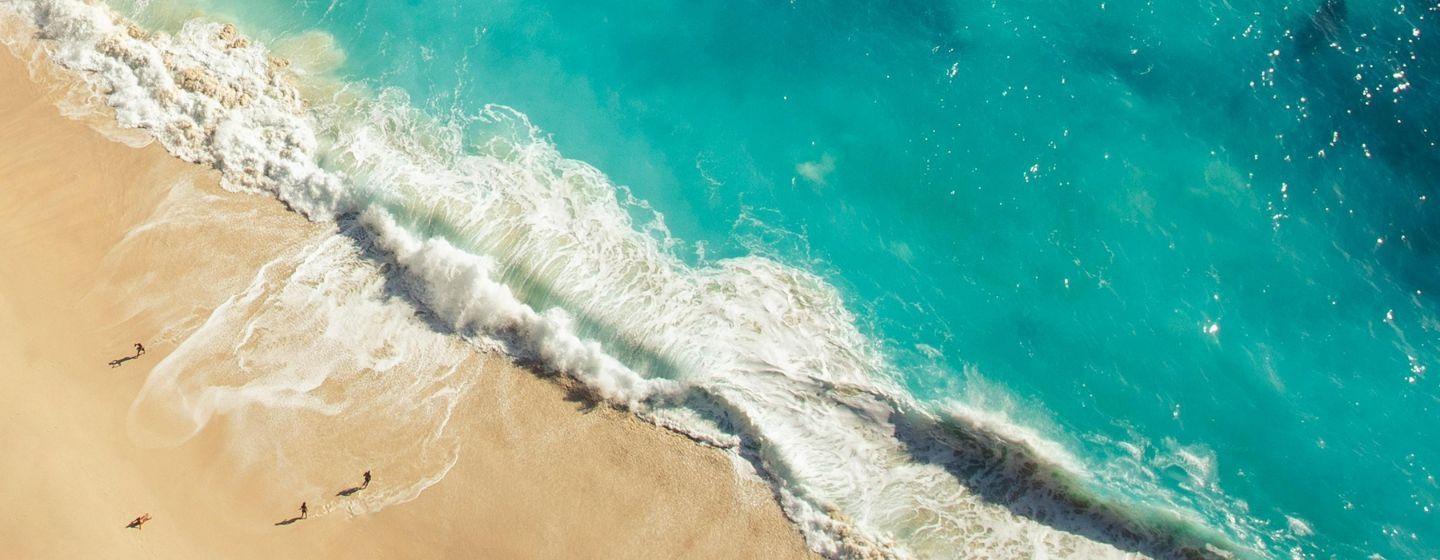How to Escape from a Deadly Rip Current


There are plenty of dangerous ironies when talking about rip currents.
First, rip currents occur just off the shore every single day, but they reach dangerous velocities just a few days per year.
Second, the most dangerous time for rip currents is when the ocean doesn’t appear dangerous at all. While daily rip currents form in both rough and calm seas, the strongest ones usually occur in clear weather after a storm or if there is a distant hurricane.
“Respect the power of the rip current—it’s not to be underestimated,” Sarah Mehdaova, North Carolina Sea Grant’s public health specialist, told Sci NC. “Safety around rip currents is important for anyone spending time at the beach. Stay alert, stay informed, stay safe.”
“It’s important to know how to escape rip currents, but avoiding them in the first place is essential,” added Executive Director Susan White. “Learn what rip currents look like, know how to swim and never swim alone.”
The National Oceanic and Atmospheric Administration (NOAA) estimates more than 100 beachgoers drown because of rip currents every year.
Rip currents are strong, narrow channels of water that move quickly away from the shore. They are found along large bodies of water with breaking waves, including the Atlantic and Pacific Oceans, the Gulf of Mexico and the Great Lakes. Rip currents can even occur at your local lake.
Rip currents form because waves pile up water along the shore. The water then rushes back out to the larger body of water through narrow channels in sand bars close to the shoreline. Usually those currents are weak, but sometimes the water can move at speeds of up to eight feet per second, which is faster than an Olympic swimmer.
Before enjoying a day at the beach and getting into the water, it’s important to learn to identify rip currents.
“Look for differences in water color, foam, seaweed or debris moving steadily seaward,” said Mehdaova. “Rip currents often appear as darker channels of water between breaking waves.”
She also advises checking local beach forecasts and posted signs about water hazards or current rip current conditions.
You can also check the National Weather Service’s rip current forecaster, which can predict hourly probabilities of rip currents for U.S. beaches up to six days out using wave and water-level information from the Nearshore Wave Prediction Service.
North Carolina Sea Grant and NOAA offer the following advice if you find yourself caught in a rip current:
Need some visuals? Watch this Sci NC video to see how to stay safe: